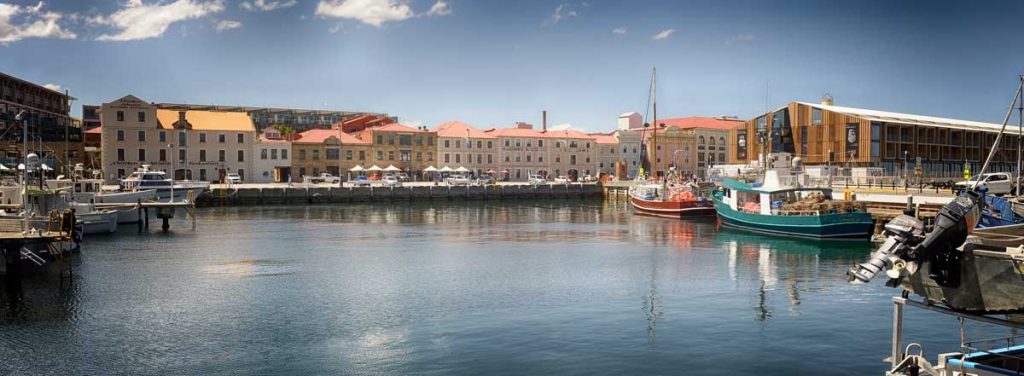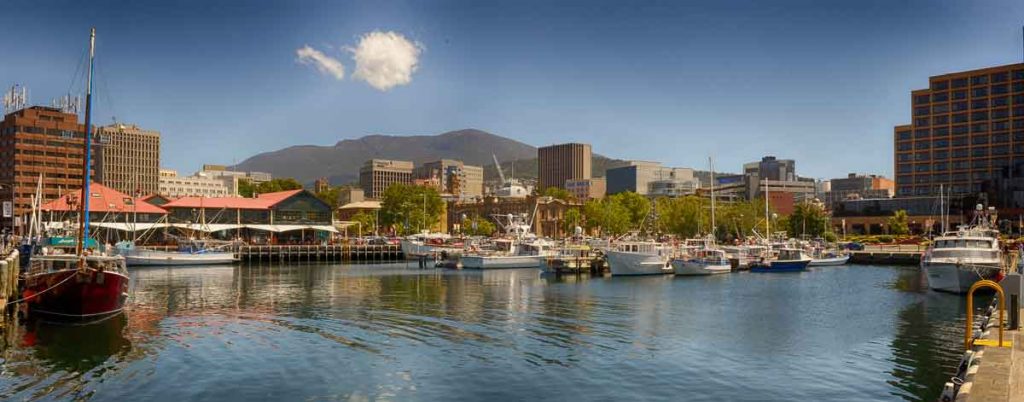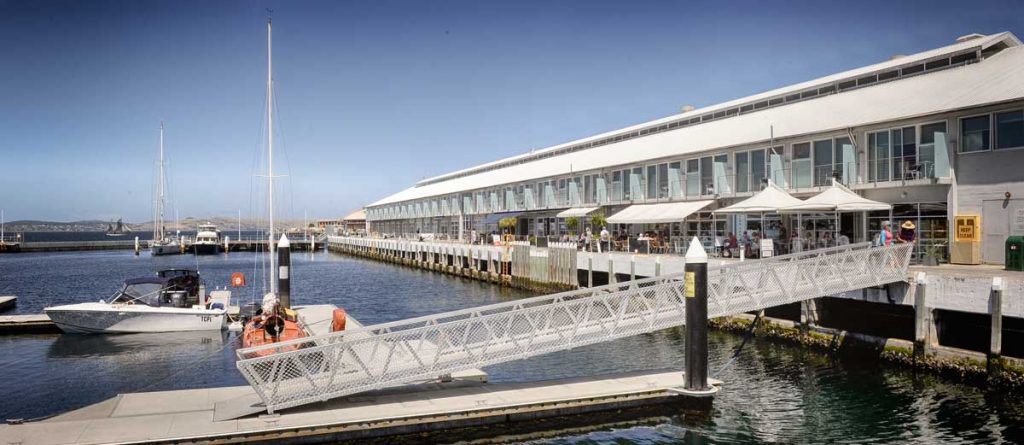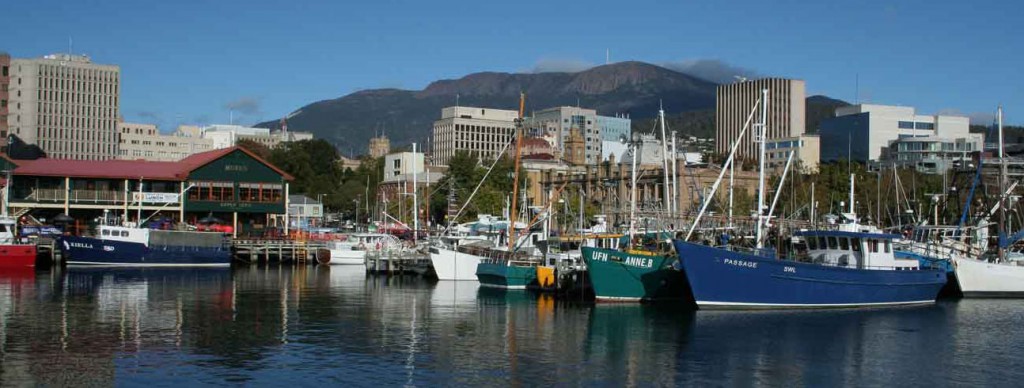Sullivans Cove is the waterfront area around which Hobart developed and with its restaurants, quaint shops and historic buildings, it’s a place where you want to linger longer. In fact, it’s one of the best neighbourhoods for spending a lazy afternoon drinking white wine in the sun while watching the ships sail by.
This wasn’t always the case, however. David Collins moved the original settlement from Risdon Cove to the more suitable Sullivans Cove in February 1804, founding Hobart Town on the western bank of the Derwent River. Life was no picnic for those early settlers. It was too hot in summer, so hot that thermometers broke, and too cold in winter. Crops failed because of drought, although the fact that few convicts or soldiers knew much about agriculture probably had something to do with it too. To make matters worse, the supply ships didn’t come and everyone had to live on rations that weren’t really sufficient.
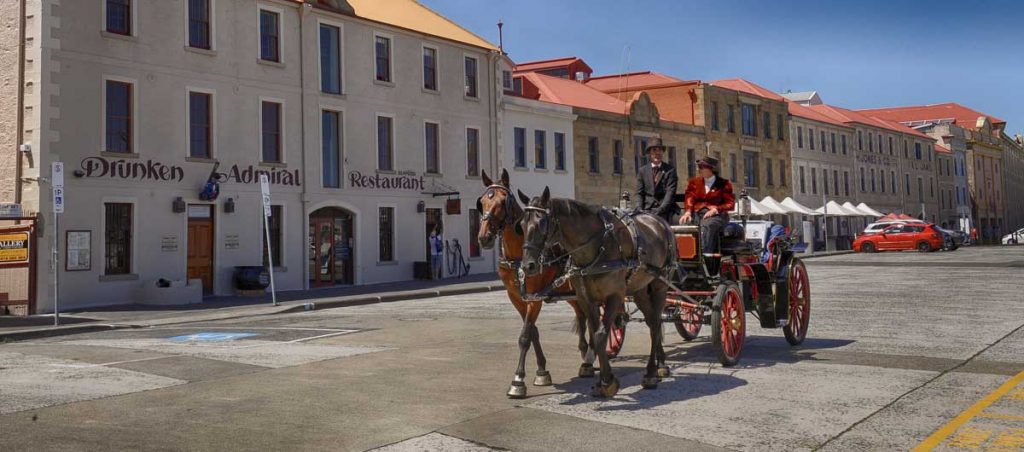
The Heritage horse drawn carriage tours will take you around sullivans cove, salamanca and battery point
- Heritage Horse Drawn Carriages – Experience the romance of a bygone era by taking a leisurely carriage ride through this unique historic area. Click here for more information or phone 0408 763 392 – don’t forget to tell them Great Australian Secret sent you.
Luckily, within a few years things started looking up and whaling was begun. This attracted free settlers, many of whom were rather shady characters. It wasn’t long before the waterfront area was a den of iniquity. The first pub in town, incidentally, was the Hope, which got its licence in 1807 and was located on the site where the Hope & Anchor Tavern now stands on the corner of Market and Macquarie Streets.
Hobart soon became a bustling port, with most of the activity centred on Sullivans Cove. Convicts built and worked on the docks and at night they could attend classes or even present their own lessons on subjects they knew about: everything from history to brewing. The first ship in Hobart Town was built in 1812 and the city quickly became a major shipbuilding centre too.
One of the most picturesque streets in the area is Hunter Street, which runs parallel to the northern shore of Sullivans Cove. There used to be an island here, called Hunter Island and connected to the shore at low tide. In about 1820, a stone causeway was built more or less along the route that Hunter Street now follows. The Drunken Admiral, one of Hobart’s more famous eateries, is housed in an old warehouse built in about 1825 on what was the northwestern shore of Hunter Island.
Even though the Great Fire of 1890 destroyed many homes and businesses along the waterfront, many of the colonial buildings were preserved and still grace the area today. Some have been revamped and repurposed, such as the Henry Jones IXL Factory that now houses the University of Tasmania’s School of Art. However, even new buildings here tend to follow the same architectural style to preserve the old-timey atmosphere of Hobart’s waterfront.

